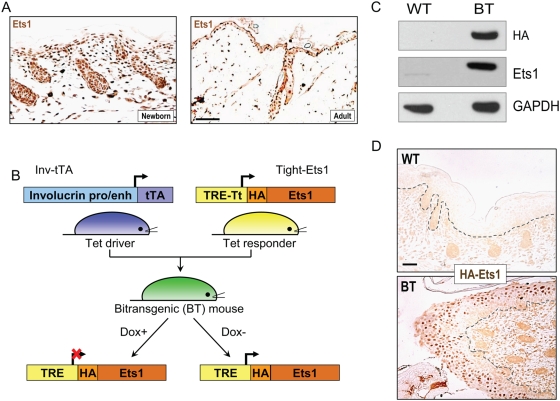Figure 1. Development of an inducible transgenic model to express Ets1 in differentiated epidermal keratinocytes.
(A) Immuno-histochemical localization of Ets1 in the nuclei of epidermal keratinocytes in newborn and adult mice. (B) Schematic representation of the tetracycline-inducible Ets1 transgenic system. The system consists of two separate transgenes- the Tet driver transgene in which the tetracycline-regulated transactivator protein (tTA) is under the control of the involucrin promoter and enhancer elements and the Tet responder transgene in which an HA-tagged version of murine Ets1 is under the control of the pTight promoter containing tet-responsive elements (TRE, which are tTA binding sites). When Tet driver and Tet responder mice are crossed, BT offspring are produced. Maintaining these BT animals on Dox supplementation inhibits transgene expression, whereas withdrawal of Dox supplementation causes induced expression of the Ets1 transgene in cells that normally express involucrin (upper spinous and granular layers). (C) Western blot analysis of transgene expression in skin extracts from newborn wild-type and BT mice using anti-Ets1 and anti-HA antibodies. GAPDH serves as a loading control. (D) Immuno-histochemical localization of transgene expression using antibody against the HA epitope tag.

